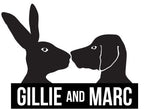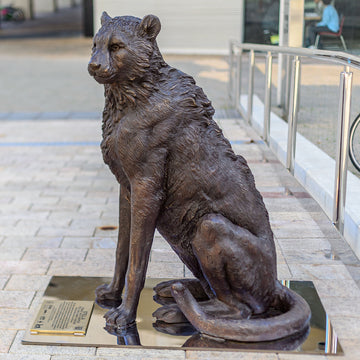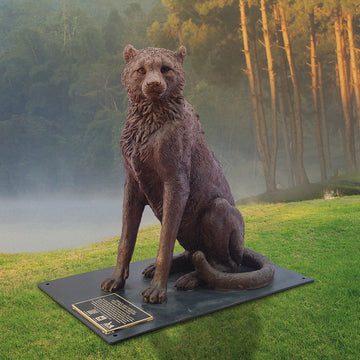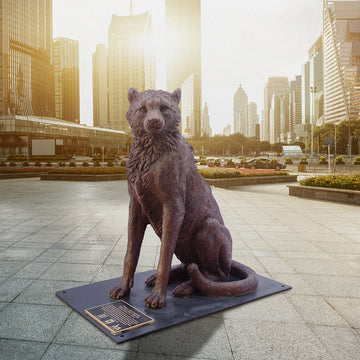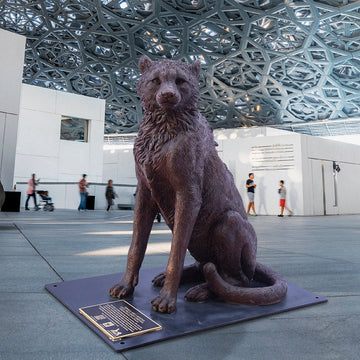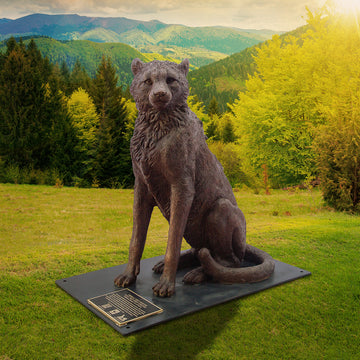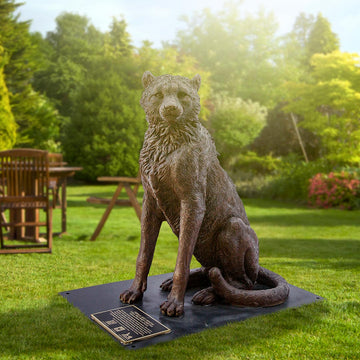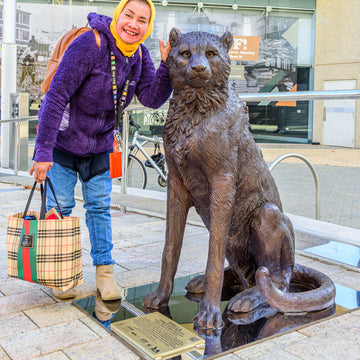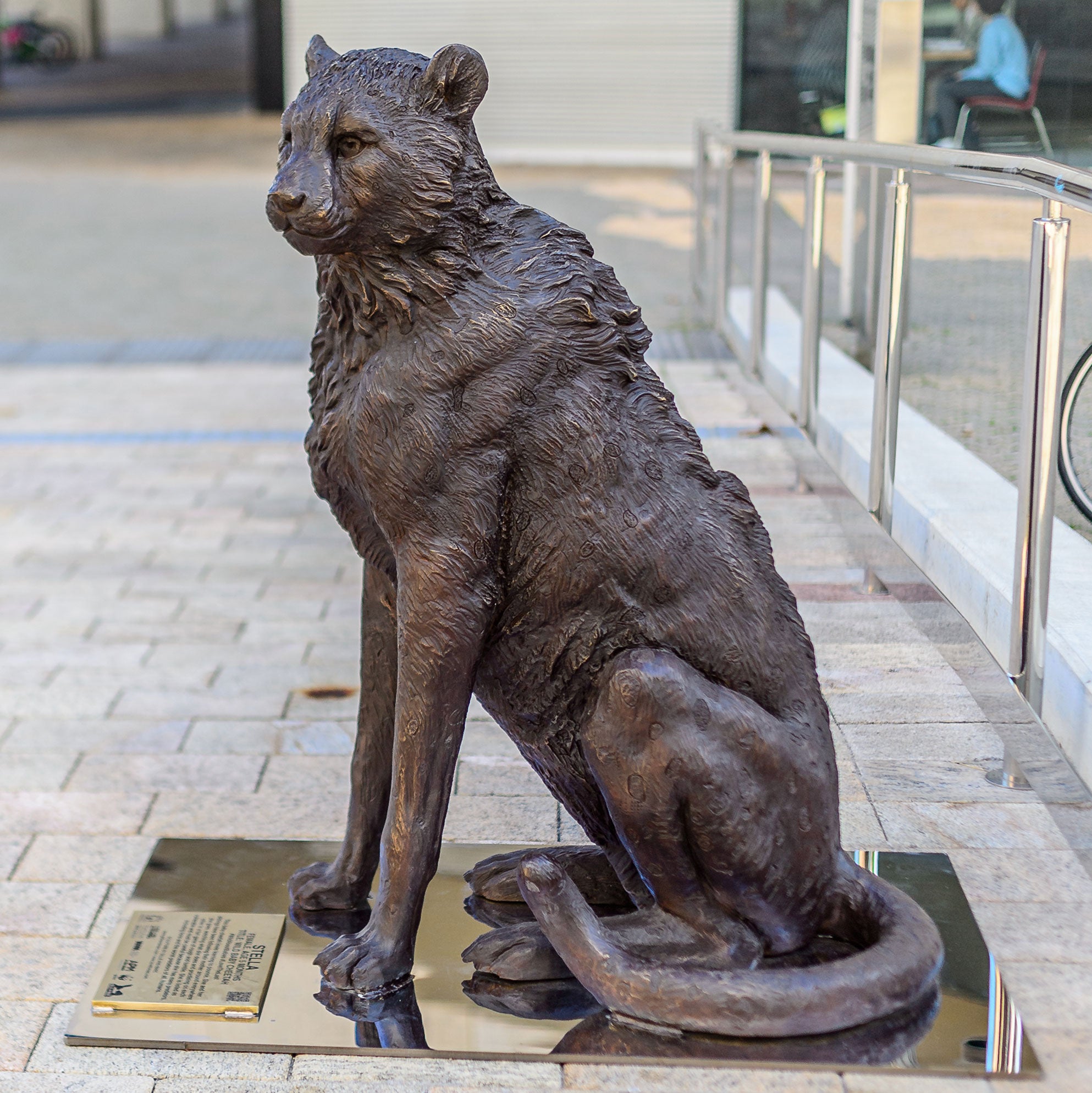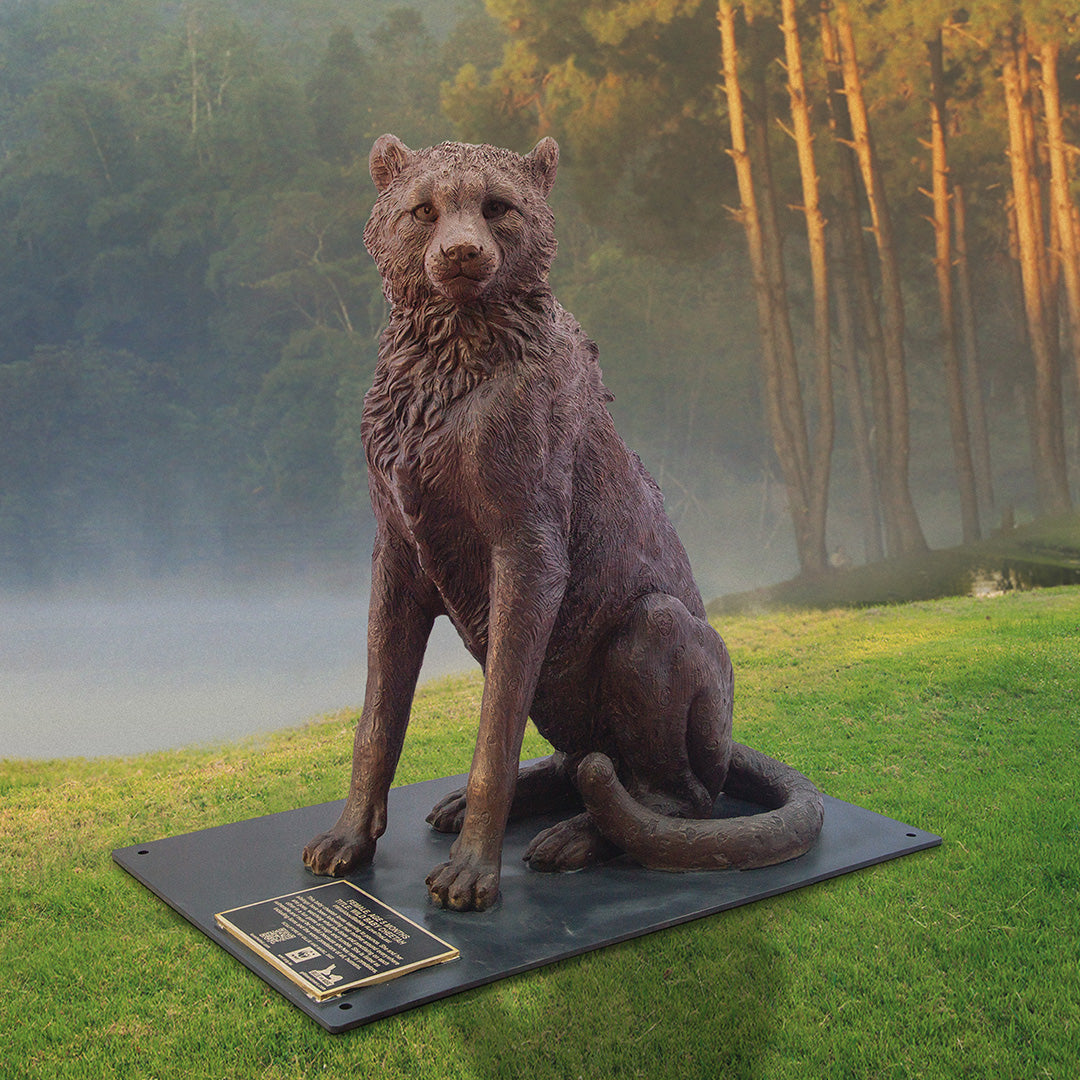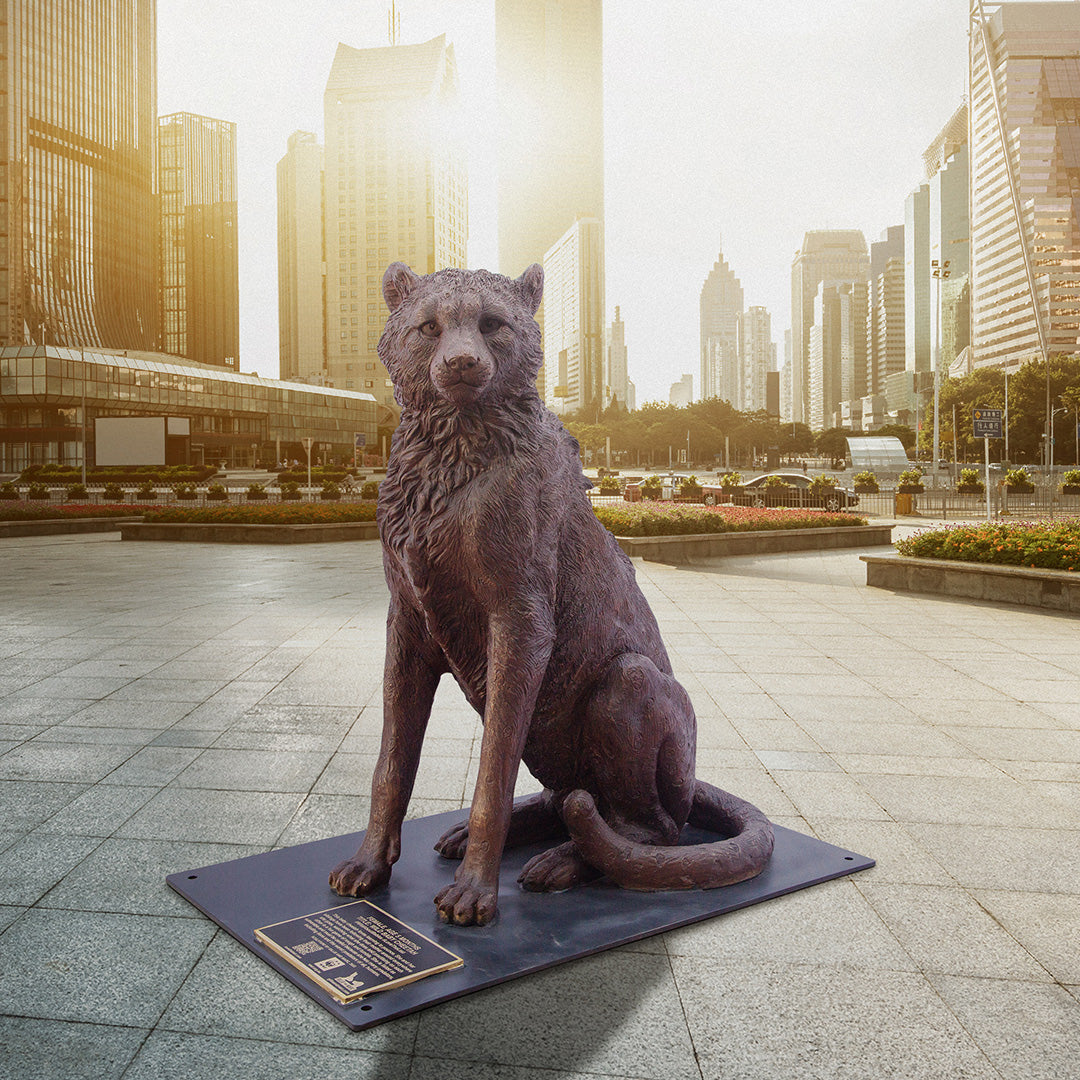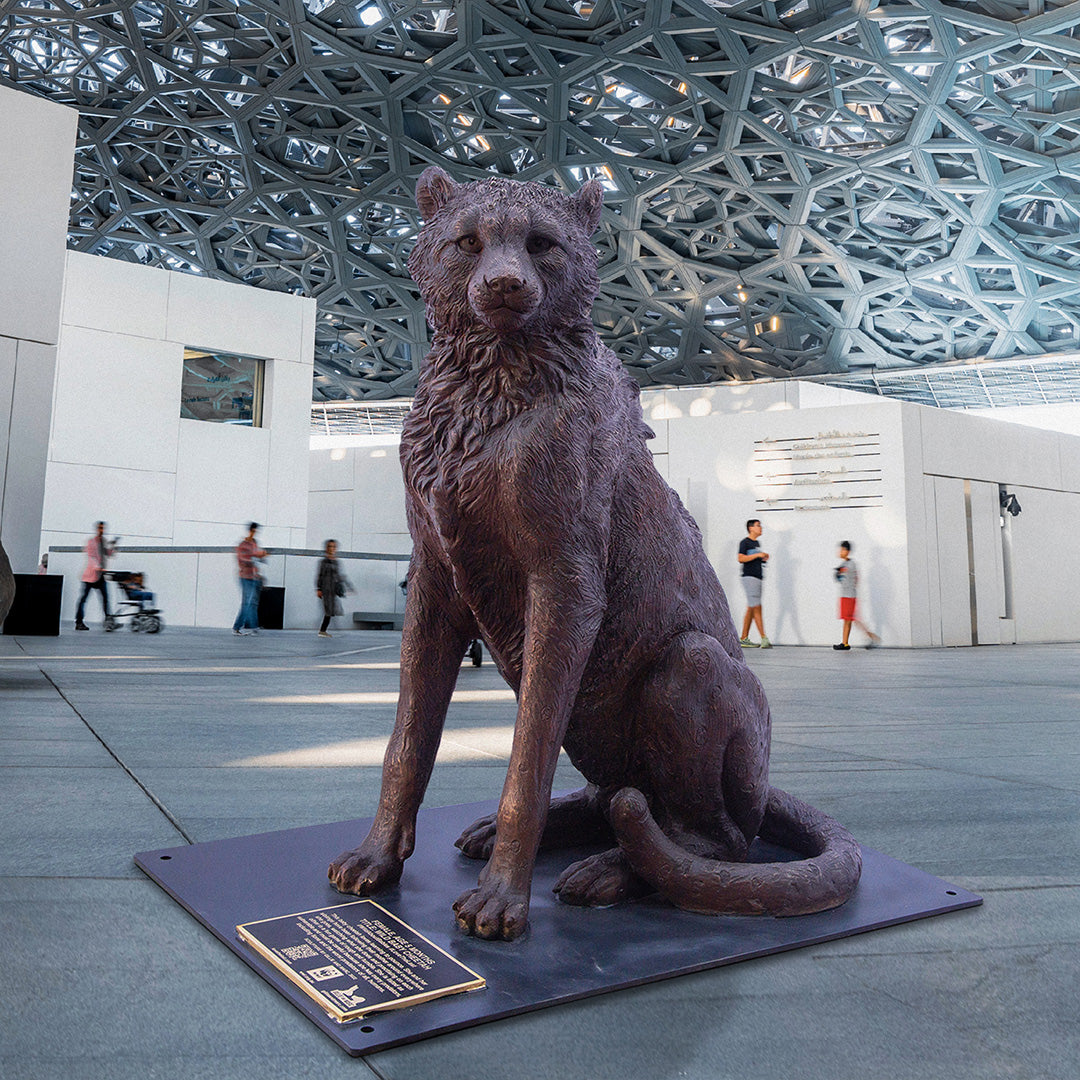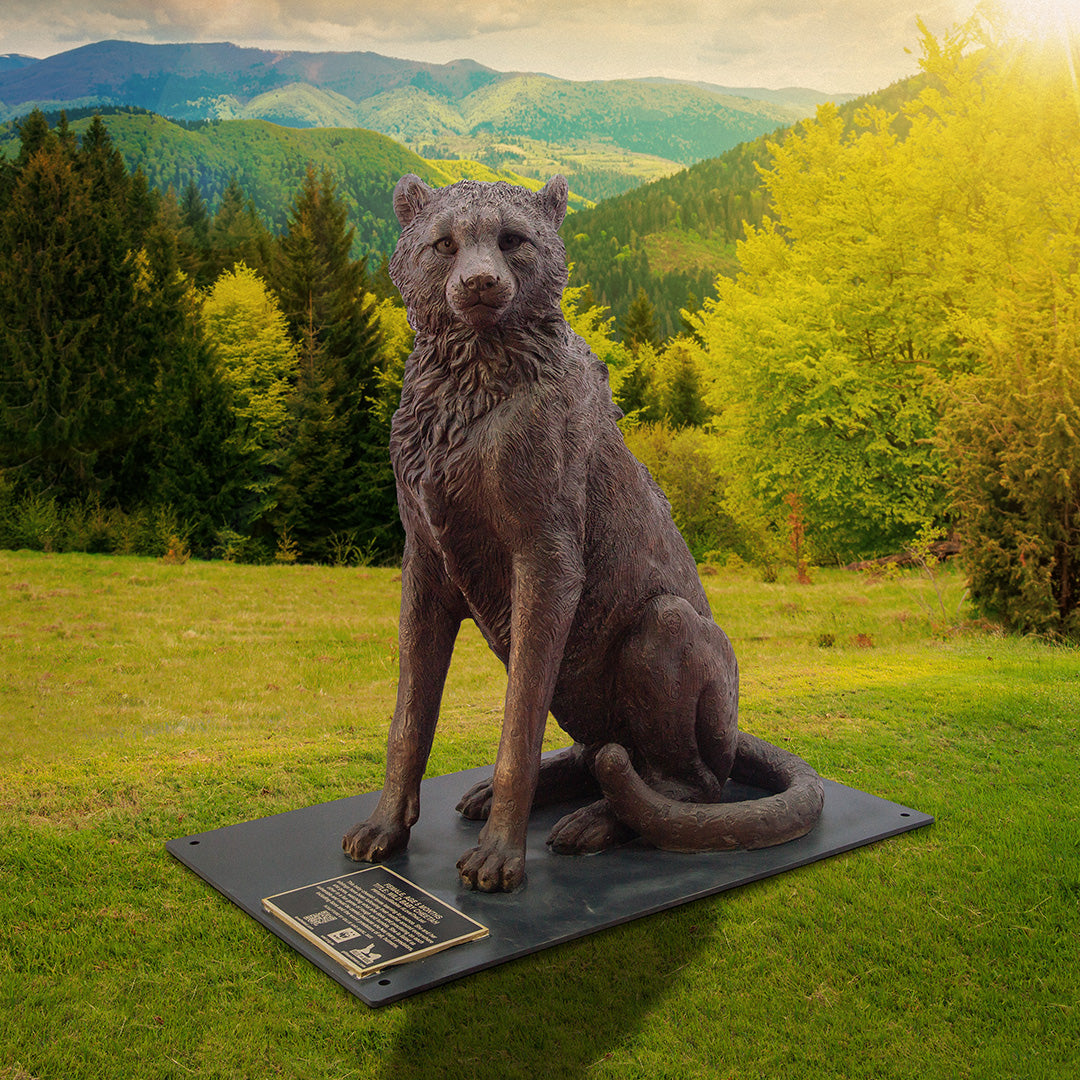Dimensions
Sculpture:
44.9 x 42.9 x 27.6 inch (H*L*W) 238.1 lbs
114 x 109 x 70 cm (H*L*W) 108 kgs
Base:
42.9 x 27.6 inch (L*W)
109 x 70 (L*W)
Medium
Bronze
Style
Contemporary Sculpture, Wildlife, Activist Art
Edition Number
/6
Description
On the grasslands of Africa is a litter of 5-month-old cheetah cubs who love to play. Wrestling and tumbling together they teach each other important life skills to be the best cheetah’s they can be. But this little girl must be careful. As well as her natural predators she must watch out for humans. Her mother warned her that if they ever caught her they could keep her to live with them, selling her as a pet where she would never be free again.
The fastest land mammal in the world, the cheetah would leave most cars for dust reaching speeds of up to 128km/h and, perhaps even more impressive, can hit 95km/h in just 3 seconds! At these speeds’ cheetahs are not just limited to a straight line. They are very nimble, able to suddenly change direction. Once they hit their top speed, they can maintain it for only about 30 seconds.
Cheetahs can have up to 8 cubs in a single litter. These babies are born blind and completely helpless with a beautiful mohawk-like hairstyle which they lose as they get older. It is thought that this interesting hair makes them look like a honey badger, giving them some protection from both the badgers and other predators who avoid them. This is very important as cubs are at great risk of death from predation. For the first two months of their life, their mother must be very cautious, never going far from her cubs and moving them every 5 or 6 days. When this high-risk period is over, the cubs will start following their mother everywhere she goes, starting to replace their mothers’ milk with solid food. They spend a lot of time practising to hunt, with mum letting pray go for them to pounce. They will stay, playing and learning everything they need to know before leaving at around 20 months.
Most cheetah subspecies, of which there are five, live on the grassy plains of Africa. One, the Asiatic cheetah is the only surviving cheetah population in Asia and only found in central Iran. With less than 50 remaining, this subspecies is listed as critically endangered.
There are many threats to cheetahs. Habitat loss is one of the biggest threats. With more and more of their habitat being transformed in agriculture, roads, and settlements, cheetahs are finding it harder to make a territory of their own and find enough prey. In Africa, about 76% of their habitat is outside of protected areas and it is quickly diminishing. With less prey, they are forced to turn to livestock as a solution which results in an often deadly retaliation from the farmer. Being quite sociable and easy to train, cheetahs are also at risk of being caught and traded on the exotic pet trade. They are also poached for their beautiful skins.
Artwork Features
Gillie and Marc love working in bronze for many reasons. Bronze is a very hardy material and will last forever. As experts in coloring bronze, Gillie and Marc enjoy experimenting with their sculptures, adding a splash of color to brighten the work, making it even more unique. > Read more
For every purchase of a bronze sculpture you will receive a certificate of authenticity, titled, signed, dated and editioned by the artists.
Care Instructions
Bronze is very easy to clean, allowing you to enjoy your precious sculpture with minimal upkeep. > Read more
Shipping, Returns and Refunds
Please visit this page to learn all about our policies. > Read more
Give Back to WWF-AUSTRALIA
With every edition purchased, Gillie and Marc will proudly donate 30% of proceeds to support WWF-Australia.
WWF is one of the world’s largest and most respected independent conservation organisations. WWF’s mission is to stop the degradation of the earth’s natural environment and to build a future in which humans live in harmony with nature.
For more information, visit https://wwf.org.au/donate/wild-about-babies/
